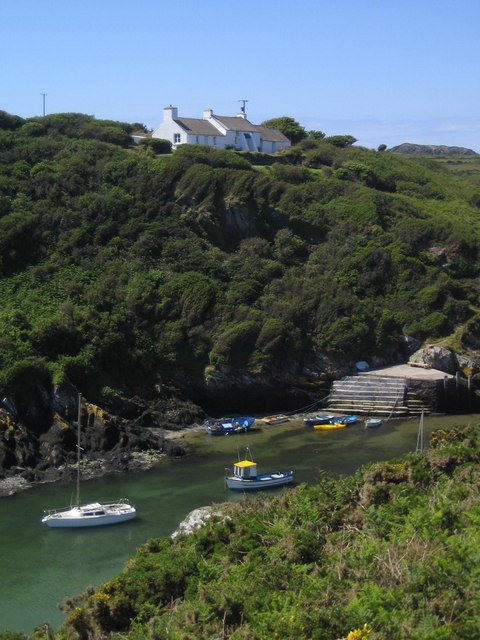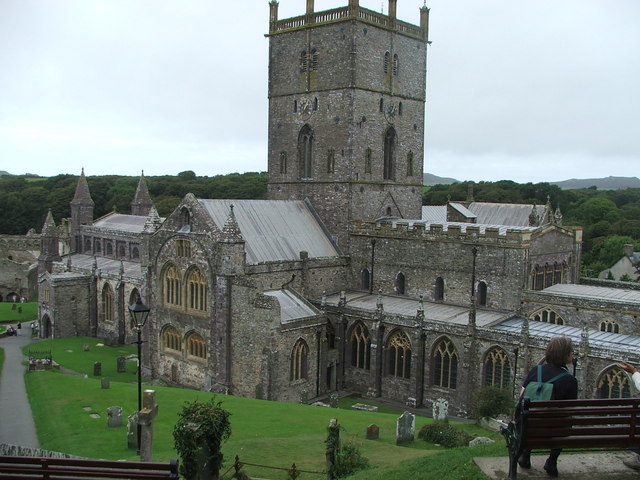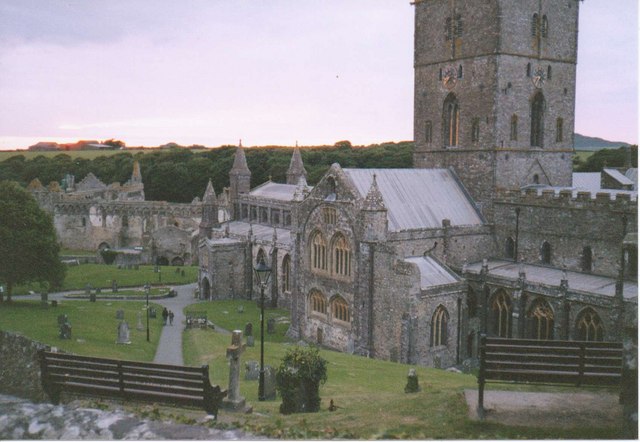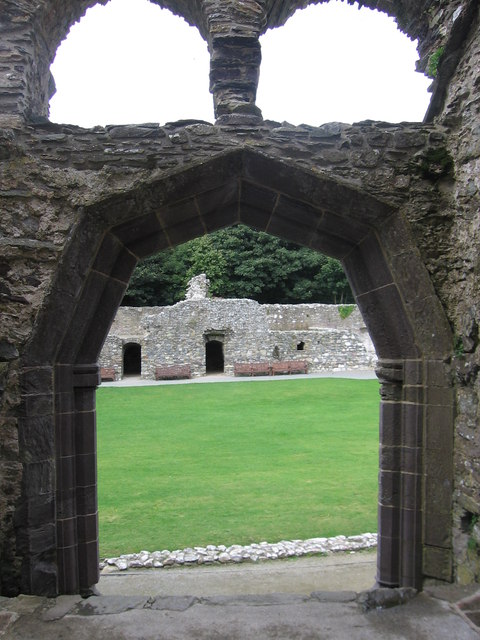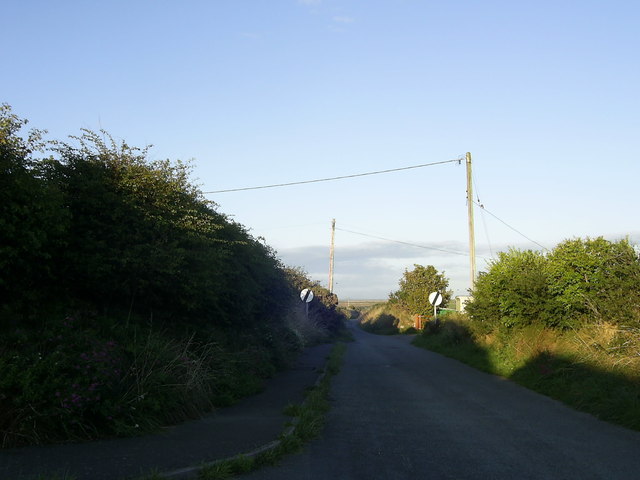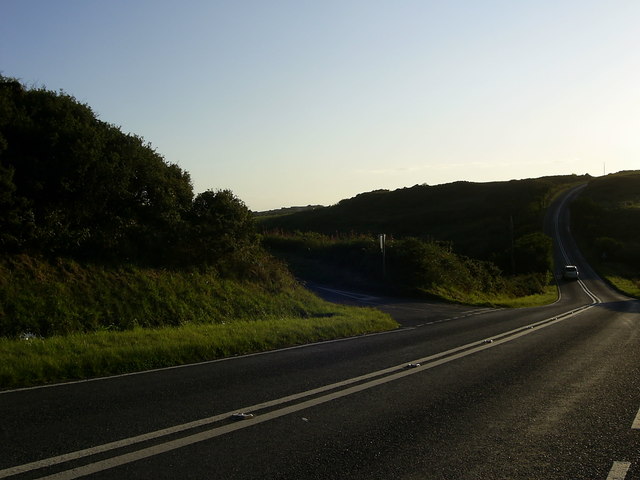Pen y Cyfrwy
Coastal Feature, Headland, Point in Pembrokeshire
Wales
Pen y Cyfrwy
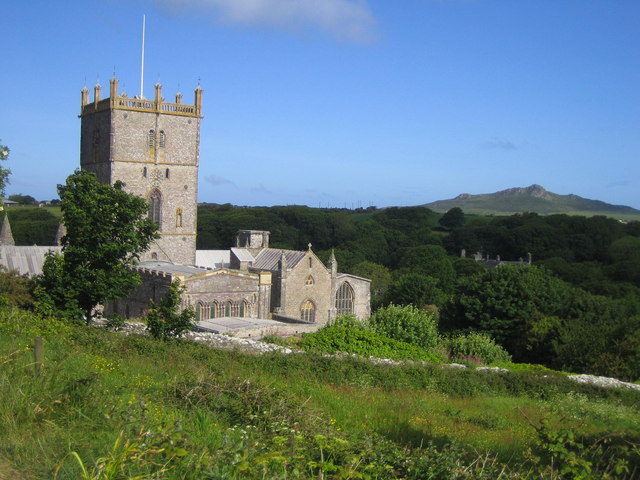
Pen y Cyfrwy is a prominent headland located in Pembrokeshire, Wales. The name Pen y Cyfrwy translates to "the top of the pass" in Welsh, which is fitting as the headland offers stunning views of the surrounding coastline and is a popular spot for hiking and birdwatching.
The headland is characterized by its rugged cliffs, rocky outcrops, and diverse wildlife. It is home to a variety of seabirds, including puffins, razorbills, and guillemots, making it a paradise for bird enthusiasts. The headland is also a haven for wildflowers, with colorful blooms carpeting the cliffs during the spring and summer months.
Visitors to Pen y Cyfrwy can enjoy breathtaking views of the Irish Sea and St. Bride's Bay, as well as the opportunity to explore the coastal paths and hidden coves that surround the headland. The area is also steeped in history, with ancient ruins and archaeological sites scattered throughout the landscape.
Overall, Pen y Cyfrwy is a must-visit destination for nature lovers, hikers, and history buffs looking to experience the beauty and tranquility of the Pembrokeshire coastline.
If you have any feedback on the listing, please let us know in the comments section below.
Pen y Cyfrwy Images
Images are sourced within 2km of 51.869597/-5.2607033 or Grid Reference SM7524. Thanks to Geograph Open Source API. All images are credited.
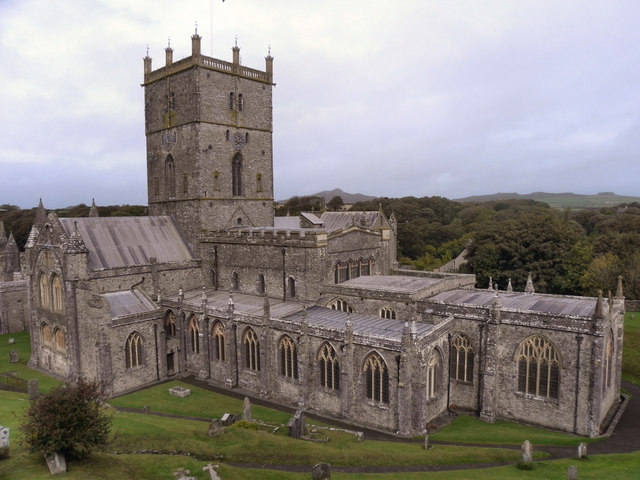
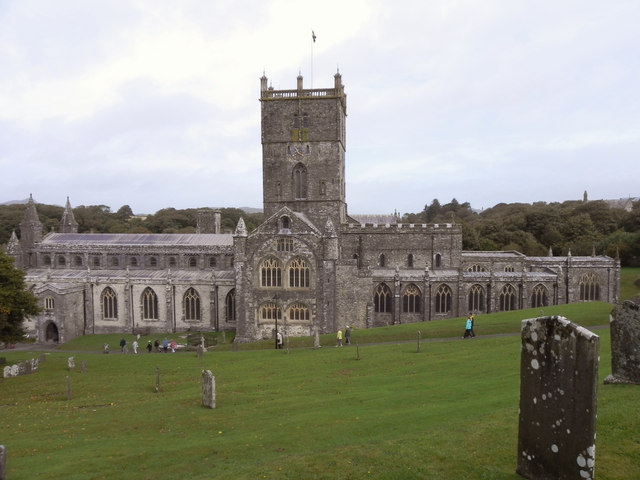
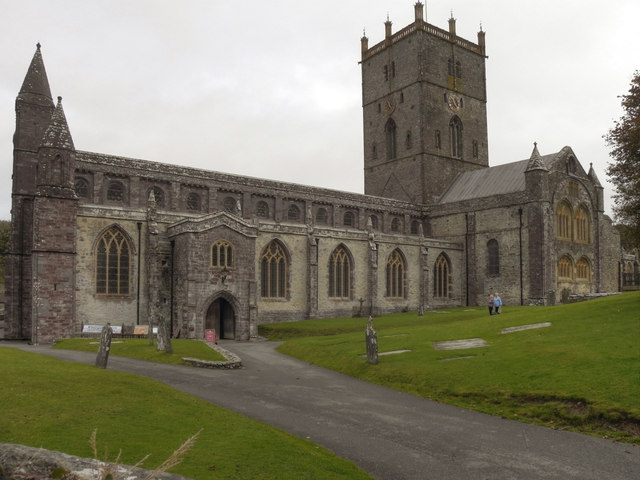
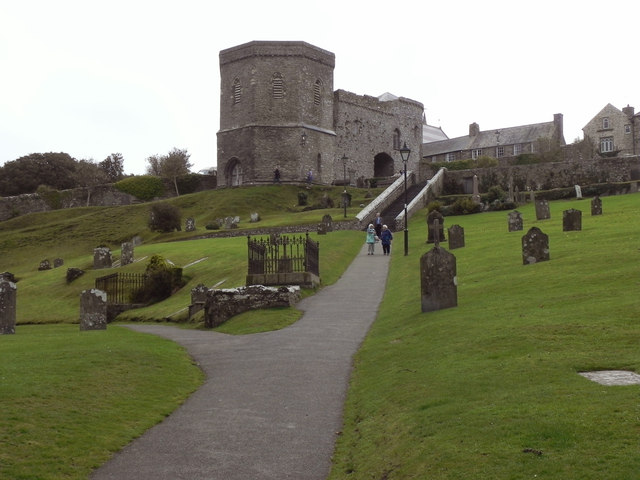
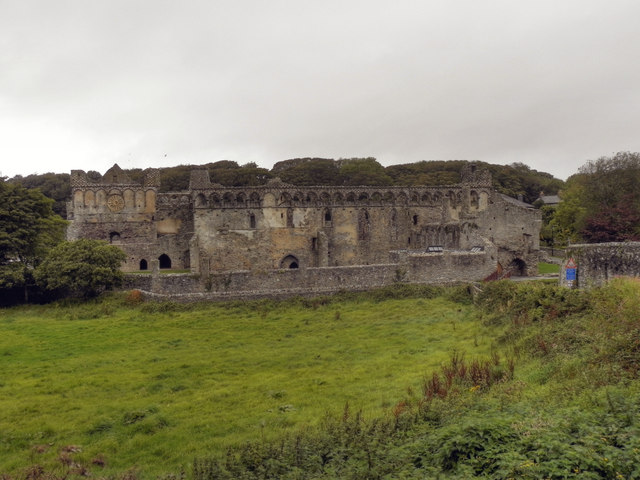
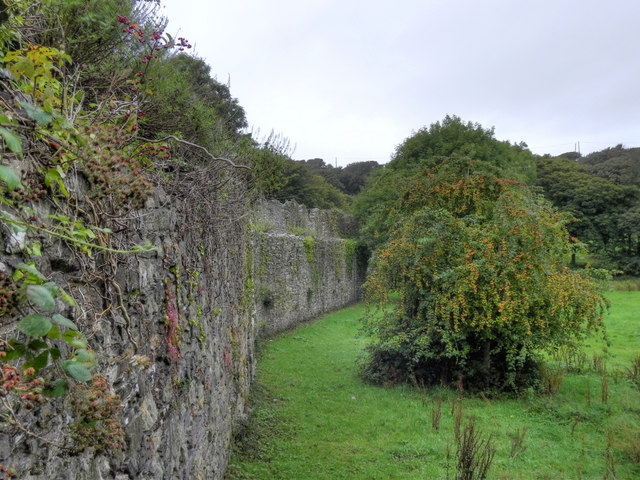
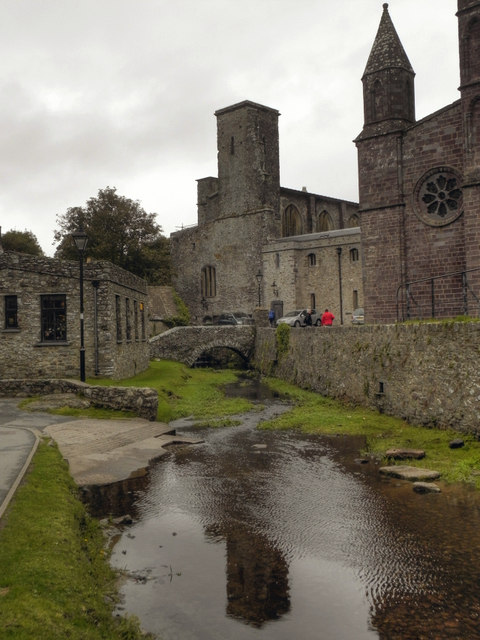
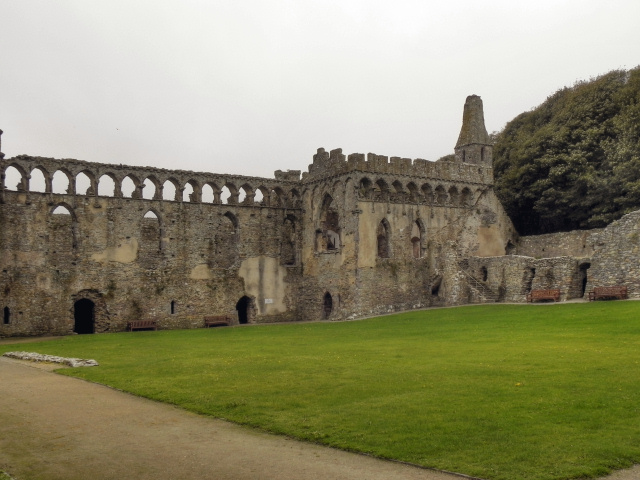
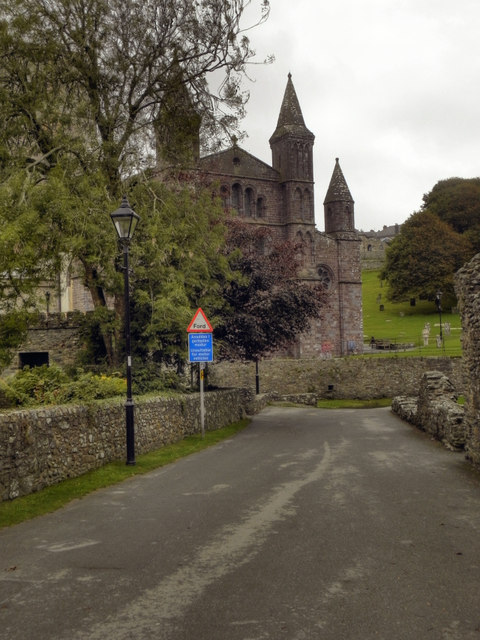
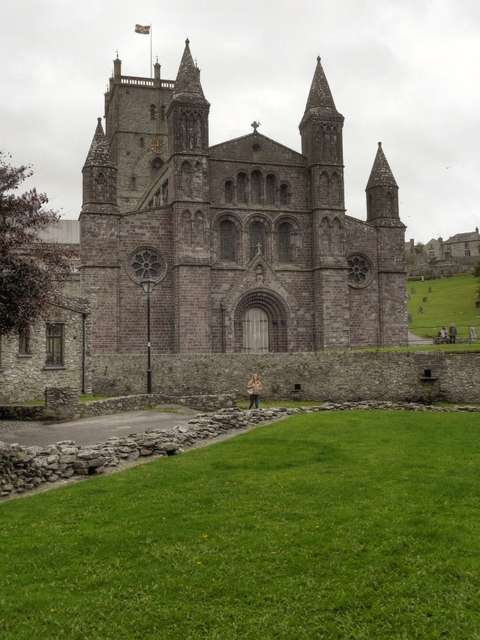
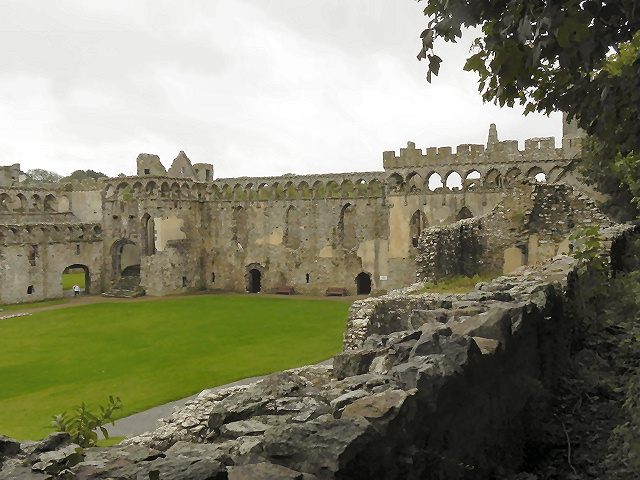
Pen y Cyfrwy is located at Grid Ref: SM7524 (Lat: 51.869597, Lng: -5.2607033)
Unitary Authority: Pembrokeshire
Police Authority: Dyfed Powys
What 3 Words
///tasteful.lamplight.hardens. Near St Davids, Pembrokeshire
Related Wikis
Caerfai Bay
Caerfai Bay is a rocky cove on the north coast of St Brides Bay near St Davids in Pembrokeshire, West Wales. It is enclosed by steep varicoloured cliffs...
Chapel of St Non
The Chapel of St Non is located on the coast near St David's in Pembrokeshire, West Wales. Held by tradition to mark the birthplace of St David, the ruin...
St Davids City Hall
St Davids City Hall (Welsh: Neuadd y Ddinas Tyddewi) is a municipal building in the High Street, St Davids, Pembrokeshire, Wales. The structure is currently...
Porthclais
Porthclais (also known as Porth Clais) is a small sheltered inlet harbour near St Davids, Pembrokeshire, Wales, in the community of St Davids and the Cathedral...
Nearby Amenities
Located within 500m of 51.869597,-5.2607033Have you been to Pen y Cyfrwy?
Leave your review of Pen y Cyfrwy below (or comments, questions and feedback).
